Explore the relationship between addition and subtraction with a fact family worksheet.
Subtraction Strategies Worksheet: Think Addition to Subtract
In addition to individual student work time, use this worksheet as a:
- Maths centre activity
- Post-lesson exit ticket
- Homework assignment
- Whole-class review (via smartboard)
Got fast finishers? Students who need a challenge can pair up and create their own equations for each other to solve. They could use larger numbers if they wish.
Students who need extra support can use manipulatives to count on for the addition equation and then remove them to model the subtraction equation.
How Do Addition Facts Help You Subtract?
Addition facts can be helpful in subtraction because addition and subtraction are inverse operations. In other words, they “undo” each other. You can use addition facts to solve subtraction problems by understanding the relationship between addition and subtraction.
Let’s take an example: Suppose you have the subtraction problem: 7 – 3 = ?
To solve this, you can use an addition fact that you already know. In this case, you can use the fact that 3 + 4 = 7. By recognising that 3 + 4 is equivalent to 7, you can reframe the subtraction problem as follows:
7 – 3 = 4.
By utilizing addition facts, you can break down subtraction problems into smaller, more manageable parts and solve them more easily. It’s a useful strategy, especially when dealing with larger numbers or more complex calculations.
Before You Download
This worksheet is best used as independent practise as part of your subtraction lesson.
Students will solve subtraction equations using a related addition fact.
Use the dropdown icon on the Download button to choose between the PDF or Google Slides version of this resource. An answer key is also included with this download.
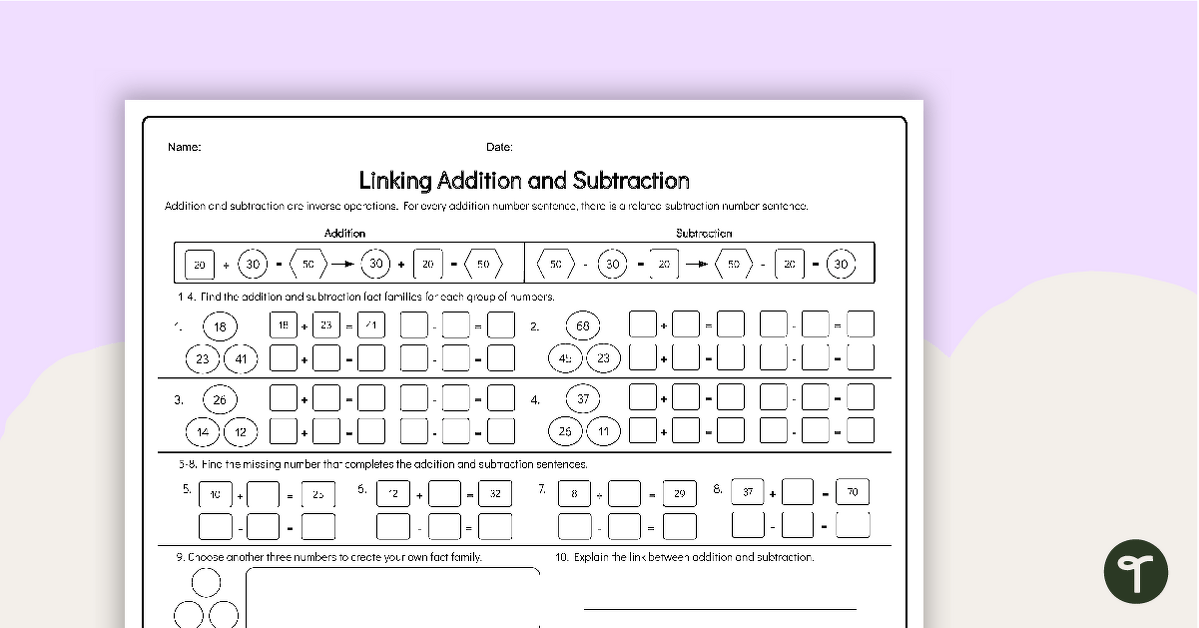


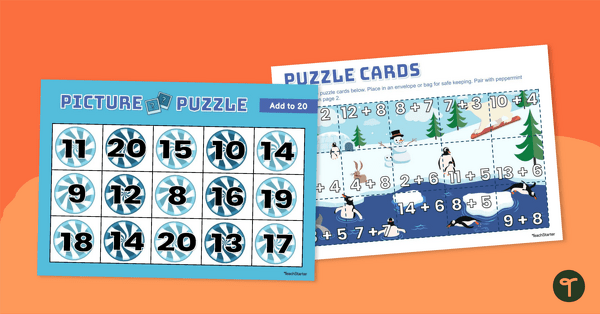
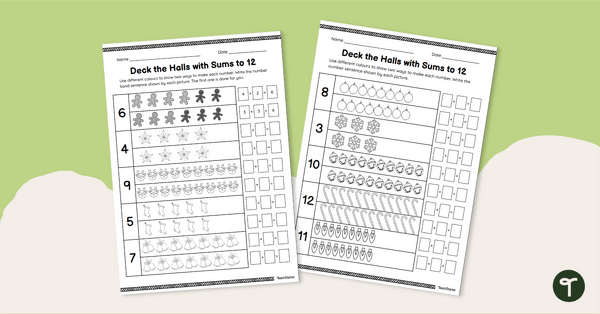
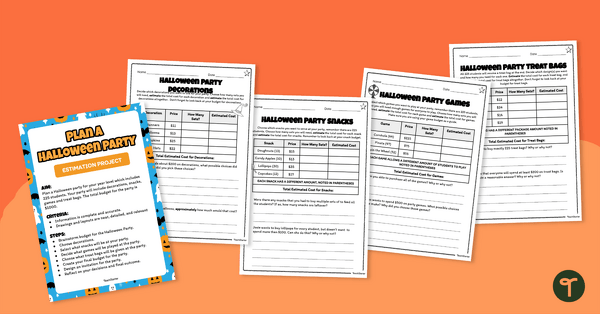
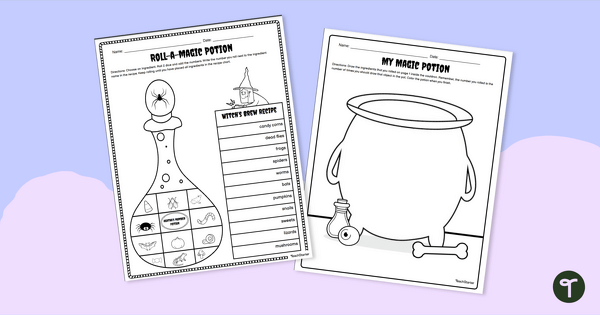
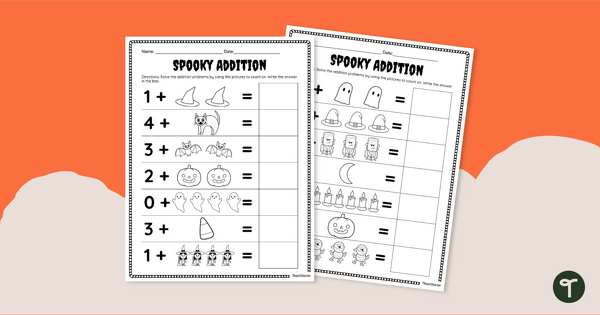
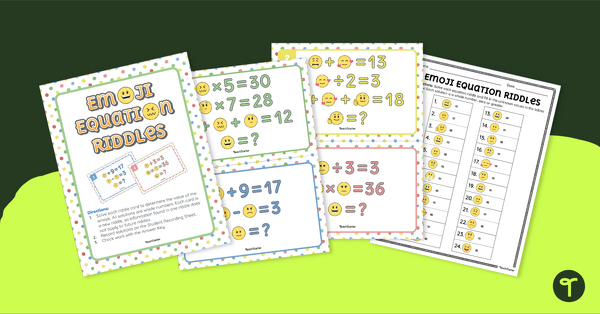

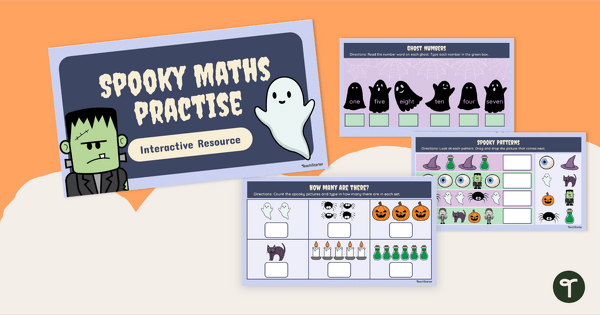
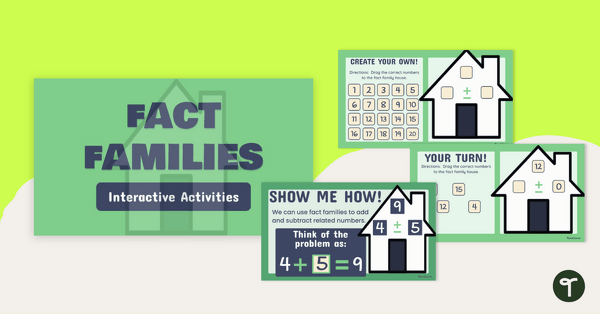
0 Comments
Write a review to help other teachers and parents like yourself. If you'd like to request a change to this resource, or report an error, select the corresponding tab above.